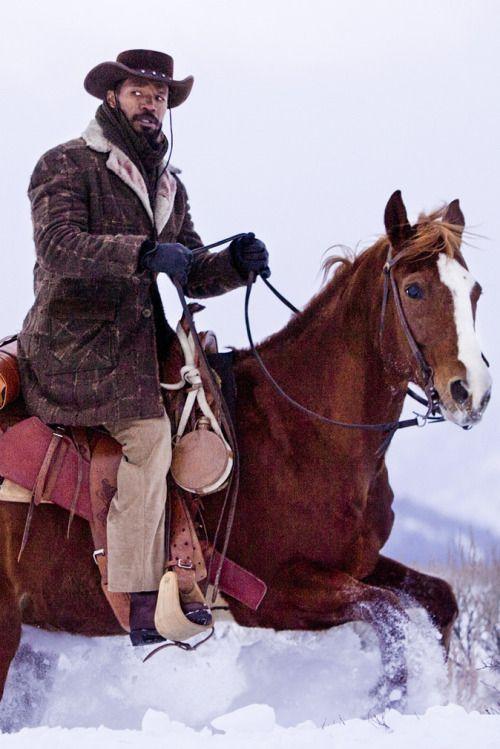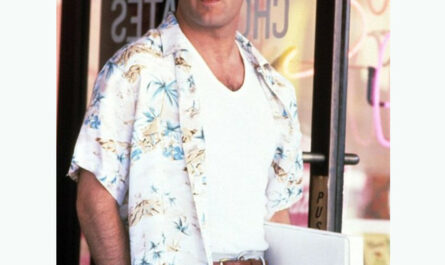Jamie Foxx’s portrayal of Django Freeman in Quentin Tarantino’s “Django Unchained” is a masterclass in cinematic storytelling. Beyond the intense action and gripping narrative, Foxx infused hidden gems into his character, weaving a tapestry of depth and authenticity. Join us as we unravel the untold secrets behind Jamie Foxx’s iconic portrayal of Django Freeman, exploring the pain, the passion, and the powerful connections that brought this character to life.
1. Hidden Depths: Foxx’s Emotional Odyssey
Painful Preparation: To embody Django’s emotional scars, Foxx undertook a profound journey. He shadowed a burn victim, delving into the physical and emotional trauma. Additionally, Foxx visited Auschwitz, connecting with the historical suffering that fueled Django’s relentless pursuit of freedom.
A Touch of Music: Foxx’s signature harmonica playing wasn’t scripted but an improvised moment on set. Its resonance was so profound that Tarantino integrated it into the script, adding a musical layer to Django’s character.
Gunslinger Secrets: The LeMat revolver, Django’s weapon of choice, was a real historical firearm with a shotgun barrel. This unique armament symbolized the extra firepower Django wielded in his fight against oppression.
2. Behind the Scenes: Crafting Django’s World
Horse Power: Django’s trusted steed, Tony, was none other than Foxx’s own horse, Cheetah. The genuine bond between Foxx and Cheetah translated seamlessly onto the screen, enhancing the authenticity of Django’s journey.
Fashion Fusion: Django’s striking blue outfit had an unexpected inspiration – 18th-century French aristocratic portraits. This deliberate choice added a layer of sophistication and contrast to Django’s appearance within the typical Western setting.
Glasses with a History: The iconic yellow-tinted spectacles Django wore paid homage to Charles Bronson’s character in “The White Buffalo,” linking Django to the Western genre’s legacy of vengeance.
3. Hidden Connections: Django’s Real-Life Echo
Django’s Real-Life Echo: The character of Django Freeman drew loose inspiration from Nat Turner, a real-life enslaved person who led a rebellion in 1831. This connection to historical resistance deepened Django’s impact and relevance.
Tarantino’s Touch: Django’s fiery personality found inspiration in the character of John Shaft. Quentin Tarantino’s infusion of this influence contributed to the film’s neo-Western vibe, blending genres seamlessly.
Legacy of Resistance: Django’s journey ignited global conversations about race, revenge, and the fight for freedom. The character left an indelible mark, becoming a symbol of resilience and resistance.
Conclusion: The Artistry of Django Freeman Jamie Foxx’s portrayal of Django Freeman transcends the typical action hero. By peeling back the layers of hidden details, we uncover a character crafted with meticulous care and reverence. Django’s journey becomes more than a tale of vengeance; it becomes a poignant exploration of freedom and the human spirit. As we delve into these untold secrets, we find ourselves standing in awe of the artistry that brought Django Freeman to life on the silver screen.



